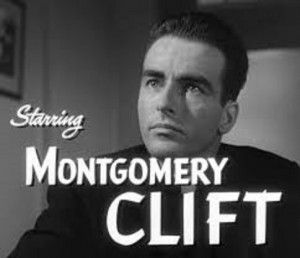Movie article
What is image? Perception is image.
Audiences perceive an actor a certain way. Like or dislike, it is still perception, but deliberately manufactured in images to attract and gain a market.
Sometimes, the actor to audience process does not work, but it also works well in other instances.
Actors from the Golden Age of Hollywood were unsurprisingly made into ideal males and females, when we think of the studio system in the 1930s, 40s and 50s that deliberately manufactured actors into admirable stars.
The studios made iconic males and females that people went to see in droves. Today, we may call this kind of thing ‘brand’.

Clark Gable and company had a stamp of manliness that was authentic. They were regarded as ‘real men’. The list of ‘real men’ from that era is endless. To name a few: Montgomery Clift, Spencer Tracy, Charlton Heston, Frank Sinatra, Clark Gable, and Cary Grant.
Of course, there were iconic females from that era. Betty Grable, Grace Kelly, Audrey Hepburn, Katharine Hepburn, among others.
You have probably heard of many of them.

Yet it was their image, rather than the person, that spoke loudest to audiences.
After the Golden Age, there came other images of iconic actors and actresses.
In the 1960s and 70s, we were introduced to images of personality driven stars as diverse as Warren Beatty, Jack Nicholson, Al Pacino and Robert De Niro.
In the 1980s, big budget action heroes were the craze. Muscular heroes and macho men was the in thing.
There were smart idealized females, such those played by Sandra Bullock, and testosterone laden and highly intelligent females of Aliens, Terminator, and GI Jane.
Of course, they were all images.
It might have been a shock to realize or discover that the actor behind the image is a human being.
However, audiences that take an interest in the lives of actors, still engage an image. Though actors are just as fallible in the middle as anyone else.
However, audiences may see a quality of character in an actor’s image, perhaps a strength of character that is admirable. Admiring that quality is what people identify with.
That is a fascinating dynamic between audience, movie and actor.
That’s life at the movies.

